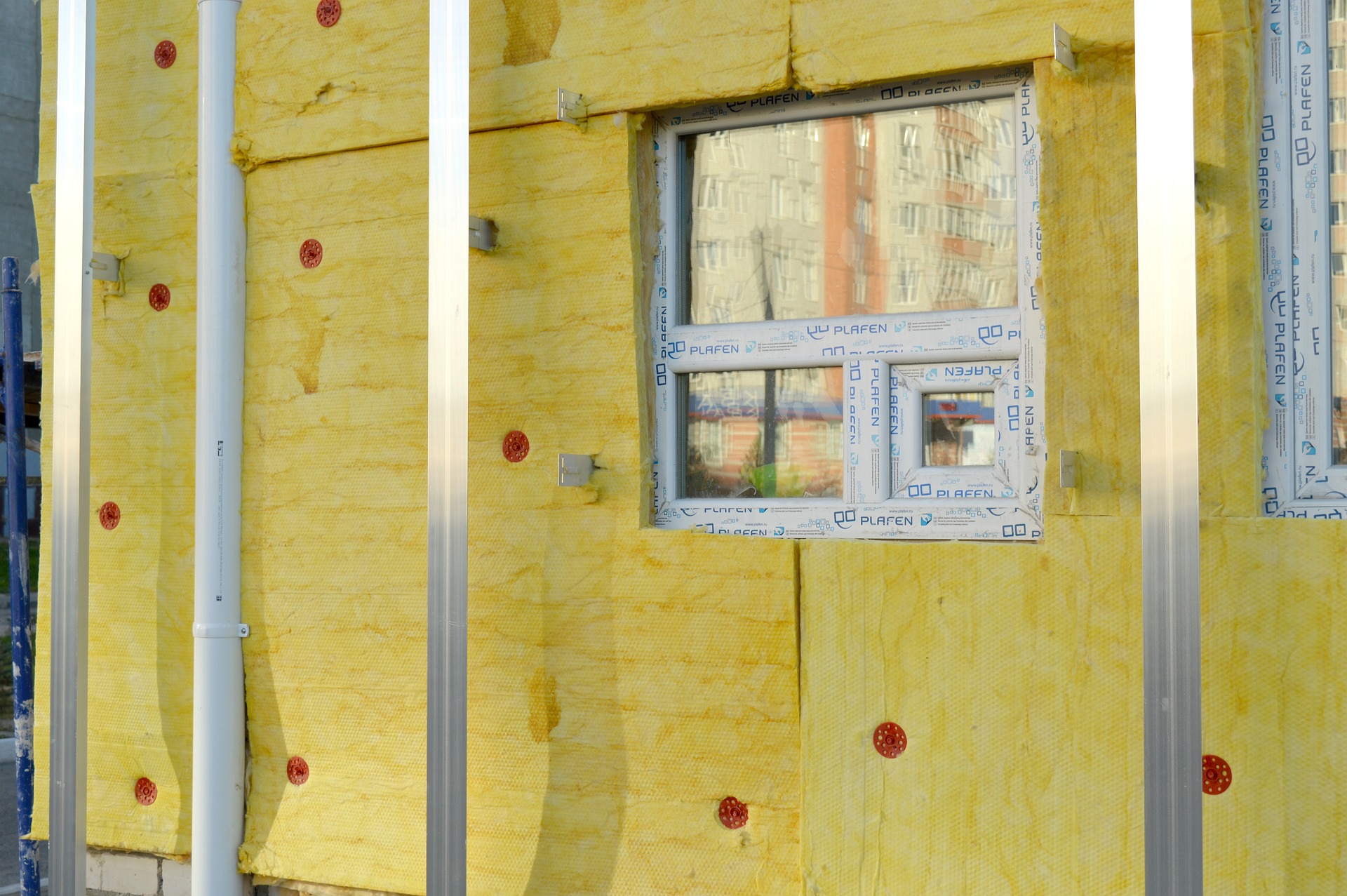Choosing the Right Garage Door for Your Home
A garage door is more than just an entry point; it’s a major element of curb appeal, security, and energy efficiency. Whether you’re replacing an old opener, renovating as part of a home improvement plan, or building a new garage, understanding materials, styles, and practical considerations helps you make a decision that fits your budget and lifestyle.

garage door: key considerations
When selecting a garage door, start with size, insulation, and the balance between aesthetics and function. Measure the opening precisely and determine whether you need insulation to improve energy efficiency — insulated doors help moderate temperatures in attached garages and can reduce strain on HVAC systems for homes. Also consider safety features like pinch-resistant panels, automatic reversal systems, and compatibility with modern openers for remote access and smart-home integration.
Aesthetics are important too: the door should complement your home’s architectural style. Think about panel design, window placement, and finish. Maintenance needs will vary by material, so weigh that when estimating long-term upkeep.
home improvement benefits of a new door
A new garage door can be one of the most cost-effective home improvement projects for improving both appearance and resale value. Upgrading from a worn or outdated door instantly refreshes the exterior and can be coordinated with other exterior improvements like siding, lighting, or landscaping. Energy-efficient doors with better insulation can also lower heating and cooling costs slightly, especially for attached garages.
Beyond looks and savings, modern doors improve convenience and security with features such as reinforced locking systems, automatic openers with rolling codes, and smartphone control. For homeowners planning renovations, the garage door is often a high-impact, relatively quick upgrade.
steel door: pros and use cases
Steel doors are widely popular for their durability, security, and low maintenance. A steel door resists warping and cracking, making it suitable for regions with variable weather. Many steel doors come with insulated cores (polystyrene or polyurethane) that boost thermal performance and reduce noise. They’re available in many styles and finishes, including embossed wood-grain textures that mimic the look of wood without the upkeep.
One trade-off is susceptibility to dents and corrosion if not properly finished or if in coastal environments; selecting a high-quality finish and occasional touch-ups will prolong lifespan. Steel is also cost-effective compared with many other materials, offering a strong value proposition for homeowners.
wood door: style and maintenance
Wood doors deliver unmatched warmth and character, making them a favorite for traditional and high-end homes. Natural wood such as cedar or mahogany offers rich grain patterns and can be customized with unique panels, windows, and stain choices. For those focused on curb appeal, a wood door often makes a distinctive statement and can increase perceived property value.
However, wood requires regular maintenance: sanding, staining or painting, and sealing to prevent moisture damage, warping, or rot. In harsh climates, wood doors may need more frequent attention. For many homeowners, the aesthetic payoff outweighs the upkeep, but realistic expectations about maintenance are essential.
aluminum door: lightweight and durable
Aluminum doors are prized for their lightweight construction and resistance to rust, which makes them ideal for humid or coastal areas. Modern aluminum designs often incorporate large glass panels or contemporary frames, making them a go-to for modern architectural styles. The metal’s light weight can reduce wear on openers and tracks, and aluminum doors can be finished in a variety of colors.
Aluminum is less insulating by nature, so many aluminum doors are built with thermal breaks or incorporate insulated cores to improve energy performance. They can dent more easily than steel, and the thinner panels common in some aluminum models may offer less soundproofing, so consider thickness and reinforcement when comparing options.
installation, longevity, and maintenance tips
Proper installation affects longevity as much as material choice. Ensure tracks are aligned, springs are balanced, and the opener is correctly matched to the door’s weight. Springs, rollers, and cables wear over time and should be inspected annually; homeowners should not attempt major spring repairs due to safety risks. Routine tasks like lubricating moving parts, cleaning finishes, and checking weatherstripping extend service life and maintain energy efficiency.
For aesthetic finishes, repaint or refinish before significant fading or damage occurs. If you have an attached garage, assess the door’s R-value and consider upgrading insulation if you use the garage as a workspace or have living spaces above or adjacent.
Conclusion
Choosing the right garage door blends practical needs with design preferences: assess security, insulation, style, material traits, and maintenance commitment. Steel offers durability and value, wood brings timeless beauty with higher upkeep, and aluminum provides modern looks and corrosion resistance. Thoughtful selection and proper installation ensure the door enhances curb appeal, comfort, and function for years to come.






